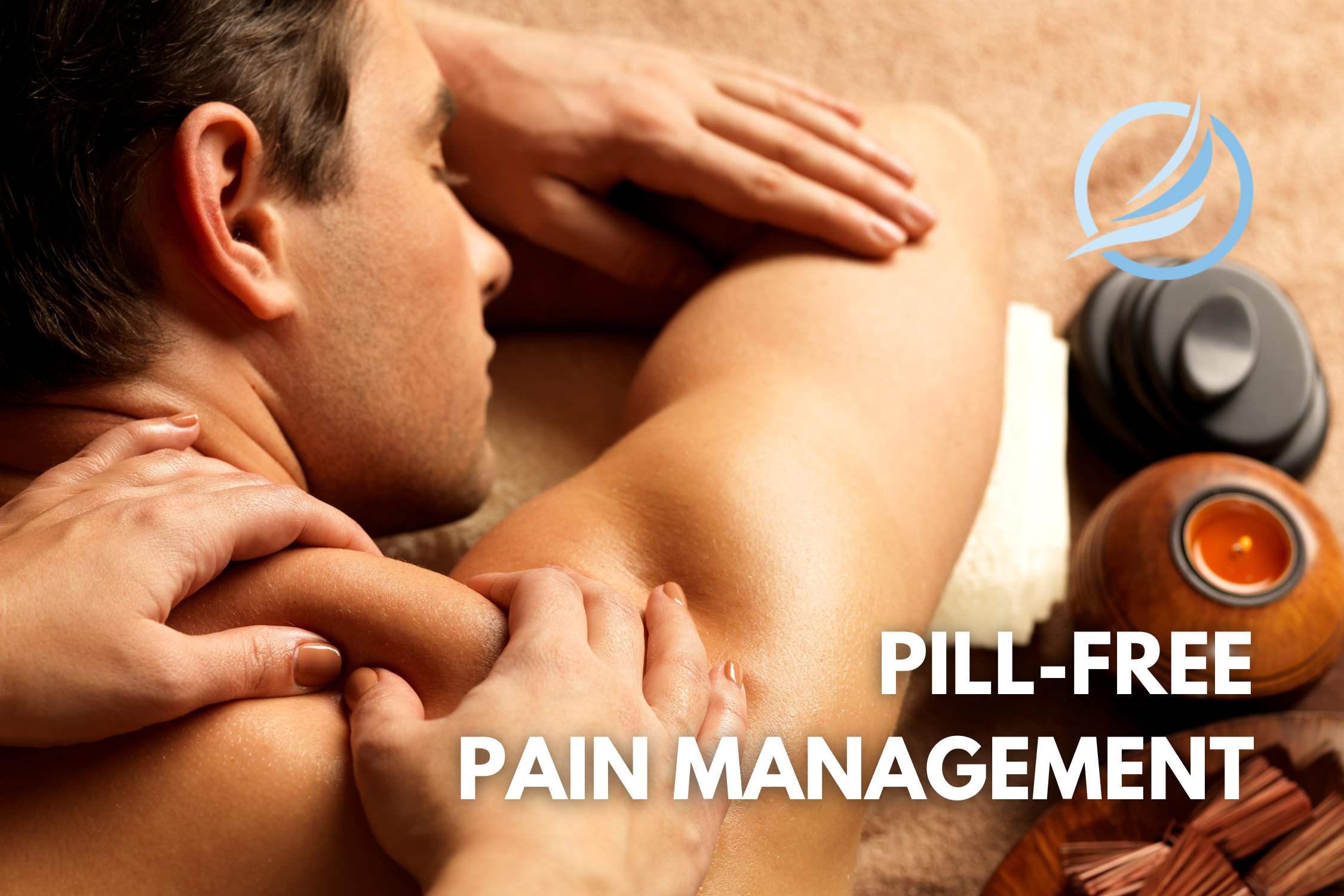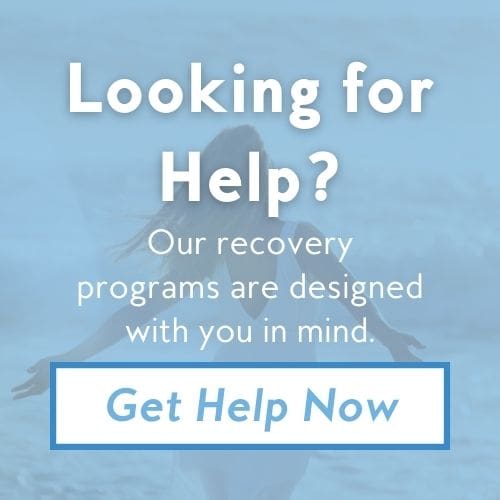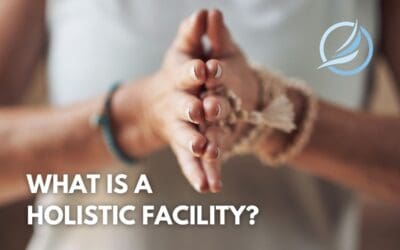Managing pain can be incredibly challenging, especially when you’re seeking alternatives to traditional medications like opioids. For many, the risks associated with these drugs—dependency, harmful side effects, and the potential for relapse—make them less appealing for long-term use. This is particularly concerning for individuals in recovery from opioid addiction, where the need for effective, non-addictive pain management is critical.
Why Consider Pill-Free Pain Management?
While prescription drugs, especially opioids, are often effective for managing acute pain, they come with significant drawbacks. Fortunately, there are many benefits to exploring non-medication options for pain management, especially for individuals seeking to avoid the risks of dependency or side effects.
Here are some key reasons to consider pill-free pain management:
- Lower risk of addiction: You avoid the possibility of becoming dependent on opioids or other medications, making it easier to stay in control of your pain and your recovery journey.
- No worries about relapse: For those in recovery from opioid addiction, non-medication options help you manage pain without risking a relapse due to exposure to addictive substances.
- Fewer side effects: Non-medication approaches often come with fewer or no side effects, allowing you to manage pain without the additional burden of medication-related issues like drowsiness, nausea, or more serious long-term health effects.
- Empowerment through natural healing: You gain the ability to take a more active role in your pain management, using holistic techniques that not only target pain but also promote overall physical and emotional well-being.
- Sustainable, long-term solutions: Many drug-free pain management techniques are designed to improve your overall health over time, providing lasting relief without continuous medication use.
Popular Pill-Free Pain Management Methods
Managing pain without medication may seem daunting, but many proven methods can provide relief and improve your quality of life. Holistic treatment centers offer techniques focused on addressing pain naturally.
Physical Therapies
- Physical Therapy: Physical therapy involves targeted exercises and stretches that can alleviate pain, improve mobility, and strengthen muscles around injured or affected areas. Working with a trained physical therapist ensures your routine is customized to your specific pain points and health conditions.
- Massage Therapy: Professional massages can help reduce muscle tension, improve circulation and promote relaxation. Regular massage therapy sessions may also ease chronic pain conditions like fibromyalgia or arthritis by reducing inflammation and enhancing muscle recovery.
- Chiropractic Care: Chiropractors specialize in spinal adjustments that can realign the body, relieve pressure on nerves, and reduce pain, especially in the back and neck. Chiropractic care is particularly effective for those suffering from chronic pain related to musculoskeletal issues.
- TENS Therapy (Transcutaneous Electrical Nerve Stimulation): TENS devices use low-voltage electrical currents to block pain signals before they reach the brain. This drug-free treatment is widely used for arthritis, muscle strain, and lower back pain.
- Hydrotherapy: Water-based therapies like swimming or soaking in hot tubs can ease pain by reducing pressure on joints and muscles. The buoyancy of water helps with movement while soothing discomfort, making it an excellent option for individuals with arthritis or back pain.
Mind-Body Practices
- Acupuncture: This ancient practice uses thin needles to stimulate specific points on the body, promoting natural healing and pain relief. Acupuncture has been shown to relieve chronic pain conditions, such as back pain, migraines, and osteoarthritis, by helping balance the body’s energy flow.
- Mindfulness and Meditation: Mindfulness techniques and meditation are powerful tools for managing pain by shifting your focus and calming the mind. These practices can help reduce the emotional response to pain, lowering stress and anxiety and improving your overall ability to cope.
- Yoga and Stretching: Gentle yoga and stretching routines can increase flexibility, reduce muscle tension and promote relaxation. Over time, these practices can improve posture, increase range of motion, and help prevent future injuries that might cause pain.
At-Home Remedies
- Heat and Cold Therapy: Simple, yet effective, applying heat or cold packs can help soothe muscle stiffness, reduce inflammation, and provide temporary pain relief. Heat therapy is great for relaxing tight muscles, while cold therapy can numb sharp pain and decrease swelling.
- Diet and Nutrition: What you eat can significantly impact how your body handles pain. A diet rich in anti-inflammatory foods—such as leafy greens, nuts, and fish—and supplements like omega-3 fatty acids can reduce inflammation and help alleviate pain naturally.
Benefits of Pill-Free Pain Management
Choosing drug-free pain management offers a variety of tangible benefits, especially for those wanting to avoid the risks associated with long-term medication use. Let’s explore how these methods compare to traditional medication-based approaches:
- No Dependency or Addiction: While opioid medications carry the risk of addiction, natural methods like physical therapy or acupuncture allow you to manage pain safely without the worry of developing a dependency.
- Minimal Side Effects: Unlike medications, which often cause side effects like dizziness, nausea, or fatigue, non-medication techniques typically pose fewer risks.
- Holistic Healing: Drug-free methods often aim to heal the whole body, not just mask pain. Practices like yoga or nutritional changes can improve general well-being by reducing inflammation and improving mental clarity and physical strength.
- Cost-Effective in the Long Run: While prescription medications may require ongoing costs, many non-medication methods, such as physical therapy exercises or stretching, can be done independently once learned, reducing long-term financial strain.
- Empowerment and Control: Natural pain management techniques give you more control over your treatment. Techniques like mindfulness and stretching are practices you can integrate into your daily life independently, reducing the need for continuous medical intervention.
Finding the Right Path to Pain Relief
Managing pain without relying on medication is not only possible but can lead to healthier, long-term outcomes. Whether you’re in recovery from opioid addiction or simply prefer a more natural approach to pain relief, there are many effective, drug-free methods available.
It’s important to remember that every person’s experience with pain is unique. Consulting with a healthcare professional is essential to find the most effective combination of non-medication pain management methods. They can help you tailor a plan that fits your specific needs and health goals, especially if you’re recovering from addiction and need additional support.
If you’re interested in learning more about mindfulness practices, physical therapy or nutritional guidance, The Freedom Center can help you find solutions that support your recovery and pain management goals. Reach out to us today to learn more about our comprehensive, holistic treatment offerings and take the next step toward living a healthier, pain-free life.


































